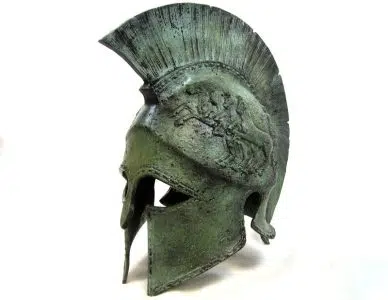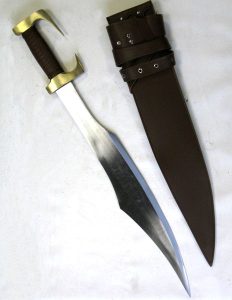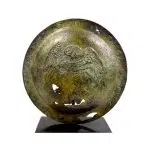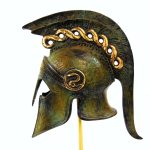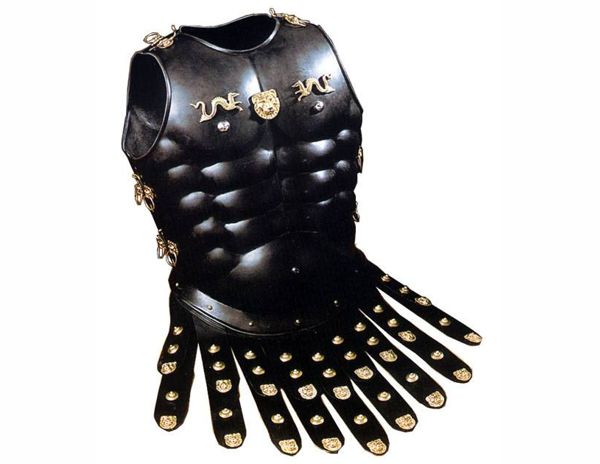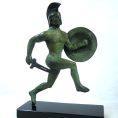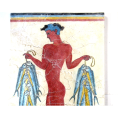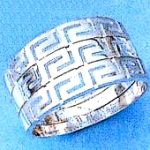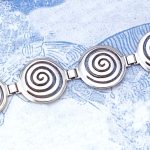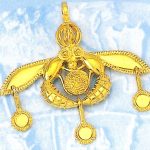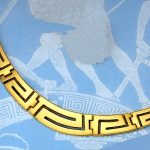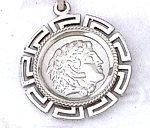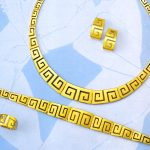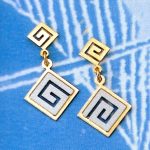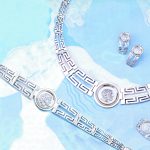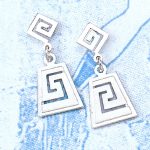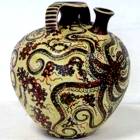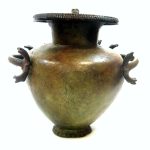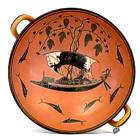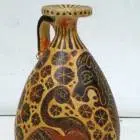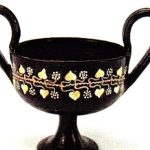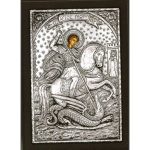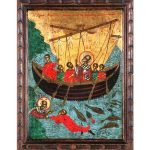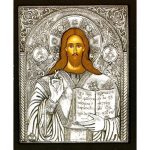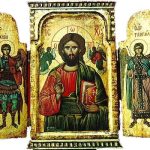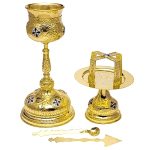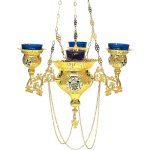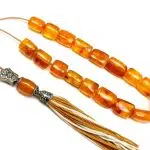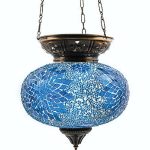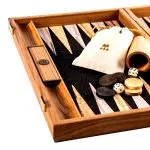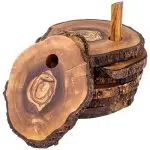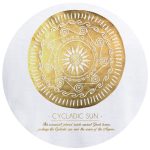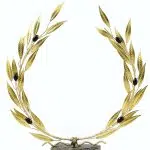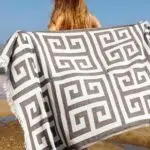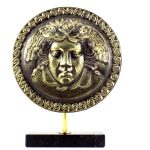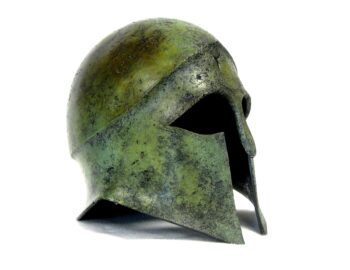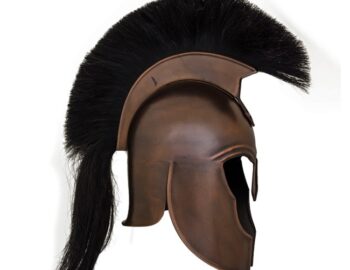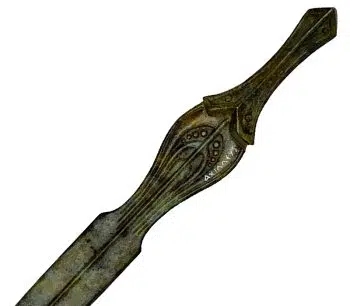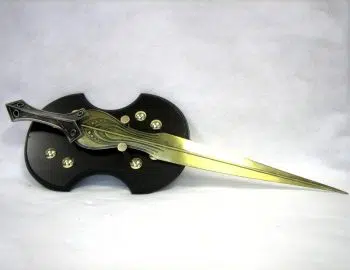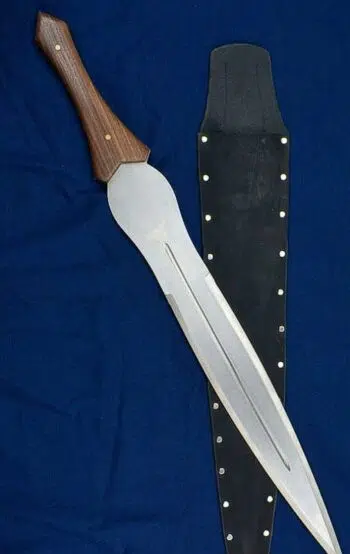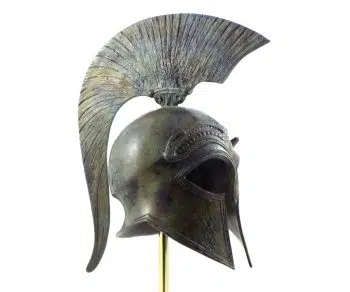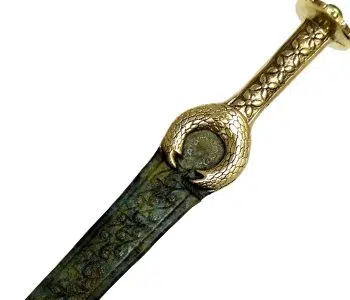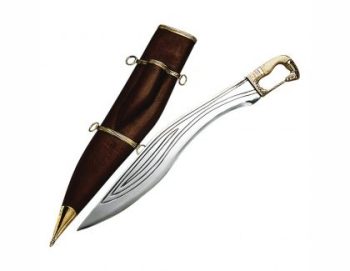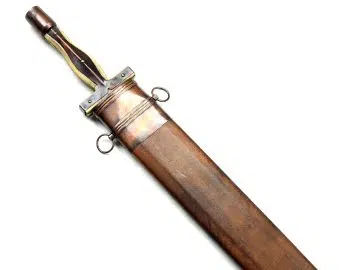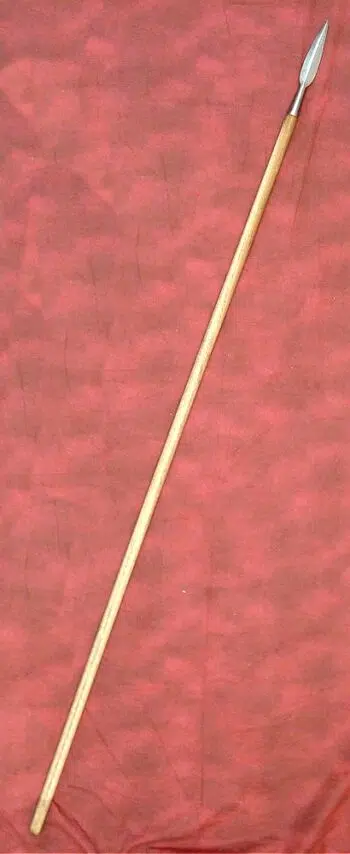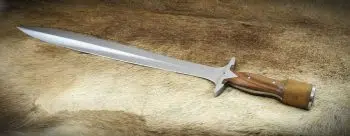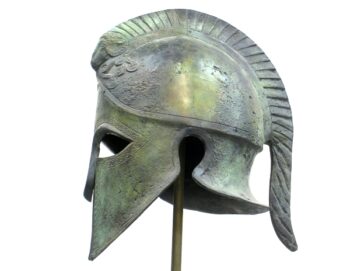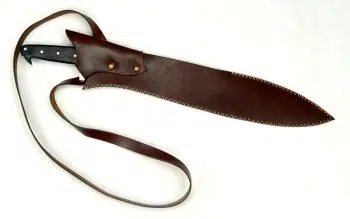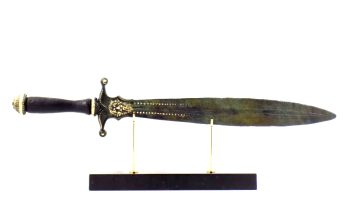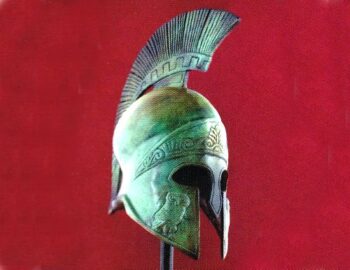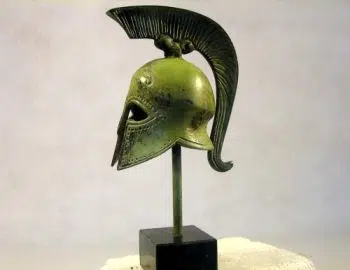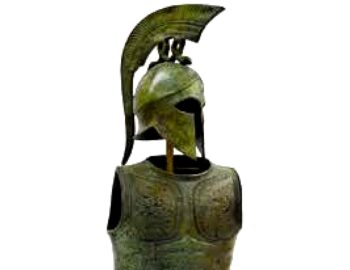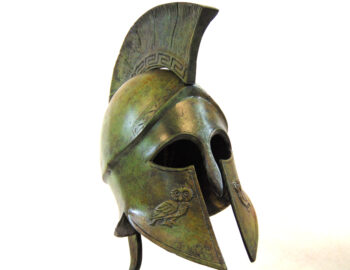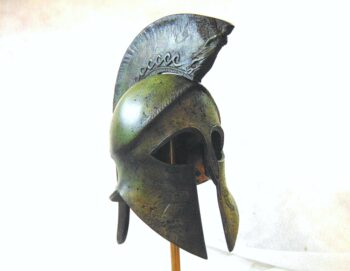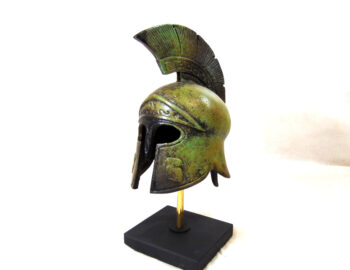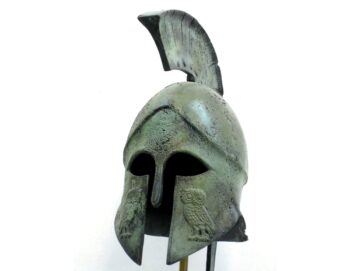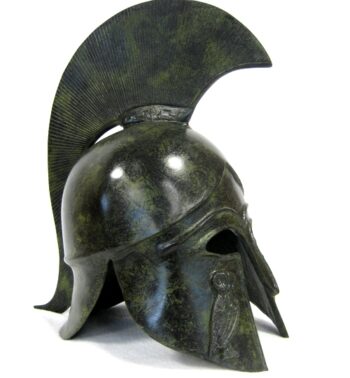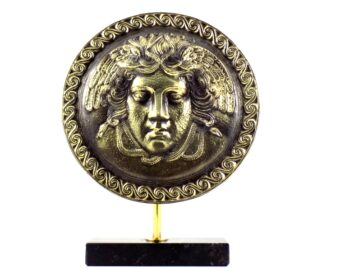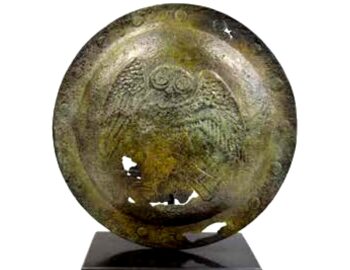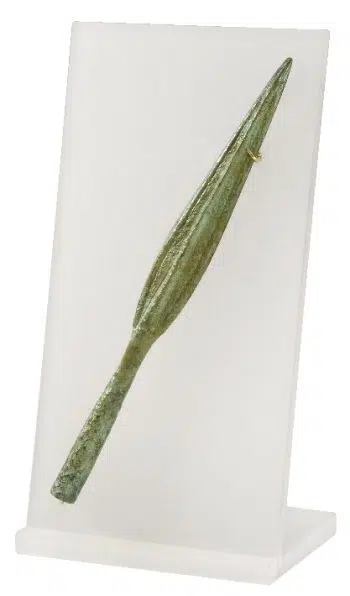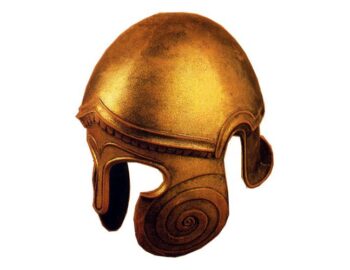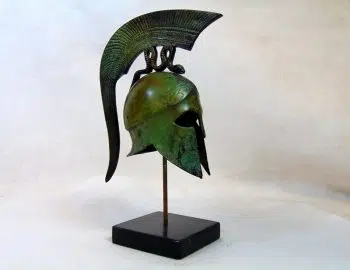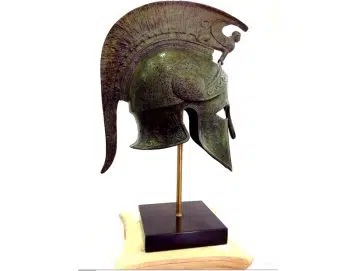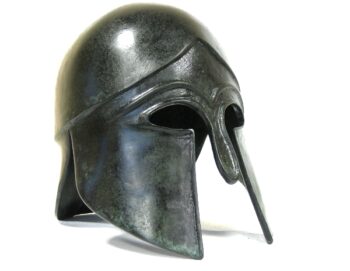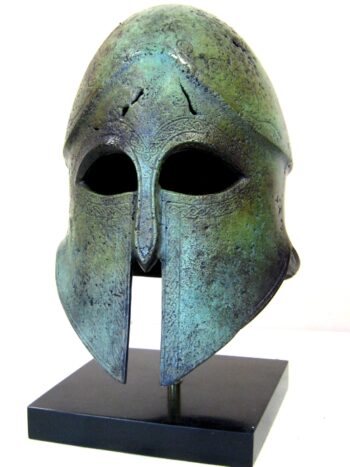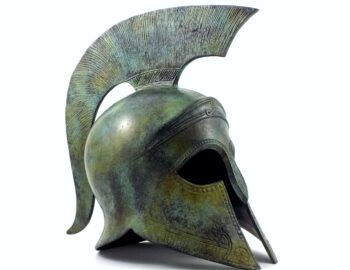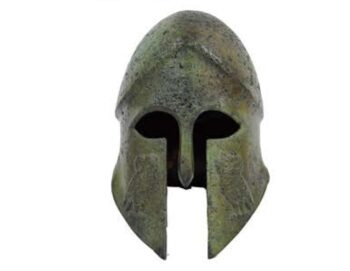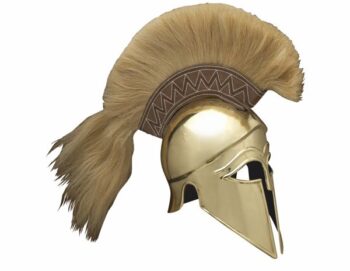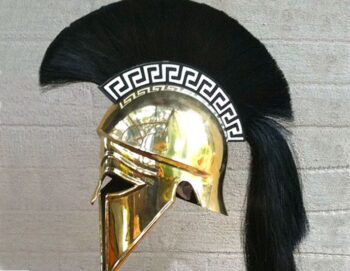This website uses cookies so that we can provide you with the best user experience possible. Cookie information is stored in your browser and performs functions such as recognising you when you return to our website and helping our team to understand which sections of the website you find most interesting and useful.
The first fighting Greek armour, after the early primitive Mycenaean brass chest plates, was the “bell shaped” cuirass which emerged in the Geometric Period. Its name derives from its shape at the waist of the warrior which looked similar to a bell as it acquired an outward inclination over the centuries. The purpose of this outward inclination was to repel the blow of the enemy’s spear or sword instead of being driven into the body of the hoplite. The interior surface of these cuirasses was lined with treated leather, linen, felt or some other soft material, so as not to injure the skin of the warrior. In general, the purpose of Greek armour was both to protect the soldiers and to intimidate the enemies.
Athenian Hoplite Full Size Helmet
$729.00 – $808.00Athenian Officer Full Size Helmet
$699.00 – $778.00Corinthian Full Size Helmet
$599.00 – $678.00Corinthian Full Size Helmet
$599.00 – $678.00The craftsmanship of the great Greek armour
The bell-shaped greek armor was consisting of two plates, one for the chest and one for the back. A double row of metal, leather or linen strips (wings) was adjusted at the end of the cuirass after the 6th century BC to protect the lower part of the body. The primary material used for Greek armour was bronze, often supplemented with leather components. The combination of these materials helped the soldier to be flexible in warfare and yet fully safe and protected.
Some greek armour pieces, especially helmets, featuring special designs and decoration, were demonstrating, inter alia, the evolution of ancient greek art. The selection of an armour served both functional and aesthetic purposes, such as enhancing visibility or as a sign of a soldier’s status.
Due to the variety of designs and expensive materials, these cuirasses and the greek shields were expensive to acquire and upkeep. For this reason, they were used mainly by the aristocrats. The Spartan "homoioi" in particular favored these armour pieces because the only luxury that they were allowed was state of the art body armour and weaponry.
The Long history of Greek armour
Spartan aristocrats were allotted rather large pieces of land, which provided them the financial comfort to acquire and upkeep expensive armor. In addition, their harsh military training in combination with their unmatched combat skills provided them with the necessary endurance and stamina required for the use of this heavy and cumbersome brass Greek armour – something that was quite difficult for the other Greek hoplites. It has been calculated that the total body armor of a hoplite weighed about 30-35 kg, i.e. 50% of the weight of the average hoplite.
The Greek armour was a symbol of pride for soldiers and a way to connect eternally with their family. Typically, after the death of a hoplite his armor and shields passed down through generations and was reused by his descendants. Generally, Greek armor held a significant value not only as a personal possession but also as a communal heritage.
Linothorax: A legendary Greek armour
Around the end of the 6th century BC the linothorax greek armour met widespread use among the Greek hoplites and by the 5th century BC it was was one the most popular Greek cuirasses. These thoraxes could be partially or entirely covered with brass follicles or plates, which were sewn on a substrate of linen or leather. The follicle variant was used by the Athenians and other Greeks, but not by the Spartans or other Lacedaemonians.
The reason for this is that, except for the Lacedaemonians, the Greeks in general used to march against the enemy during battle. The heavy bell-shaped cuirass was unsuitable for this tactic, in contrast with the lighter linen or leather scaled thoraces.
If you are interested in having your own linothorax or any other type of greek armor, our collection of greek helmets and shields is what you are looking for. Discover more about Ancient Greece and its long history from the website of the greek art shop of Hellenic Art.
